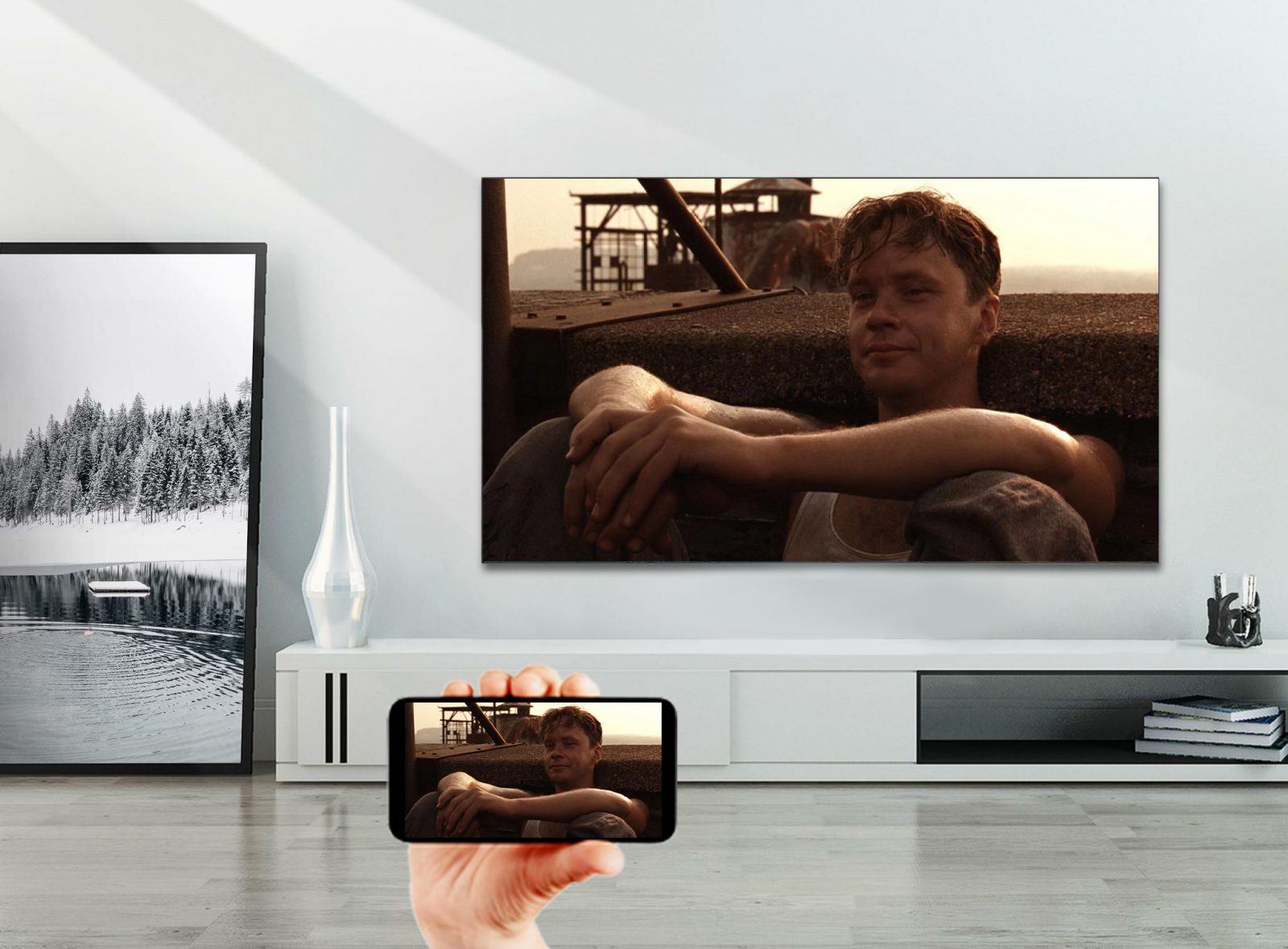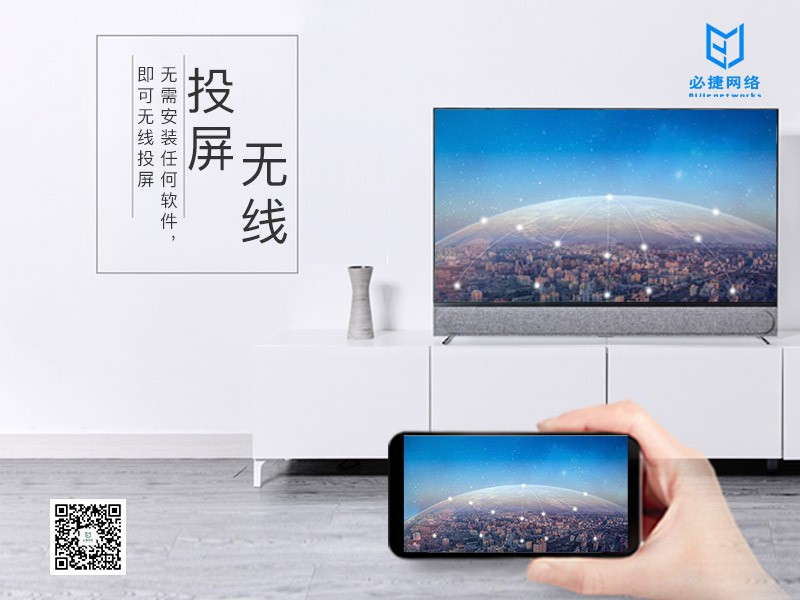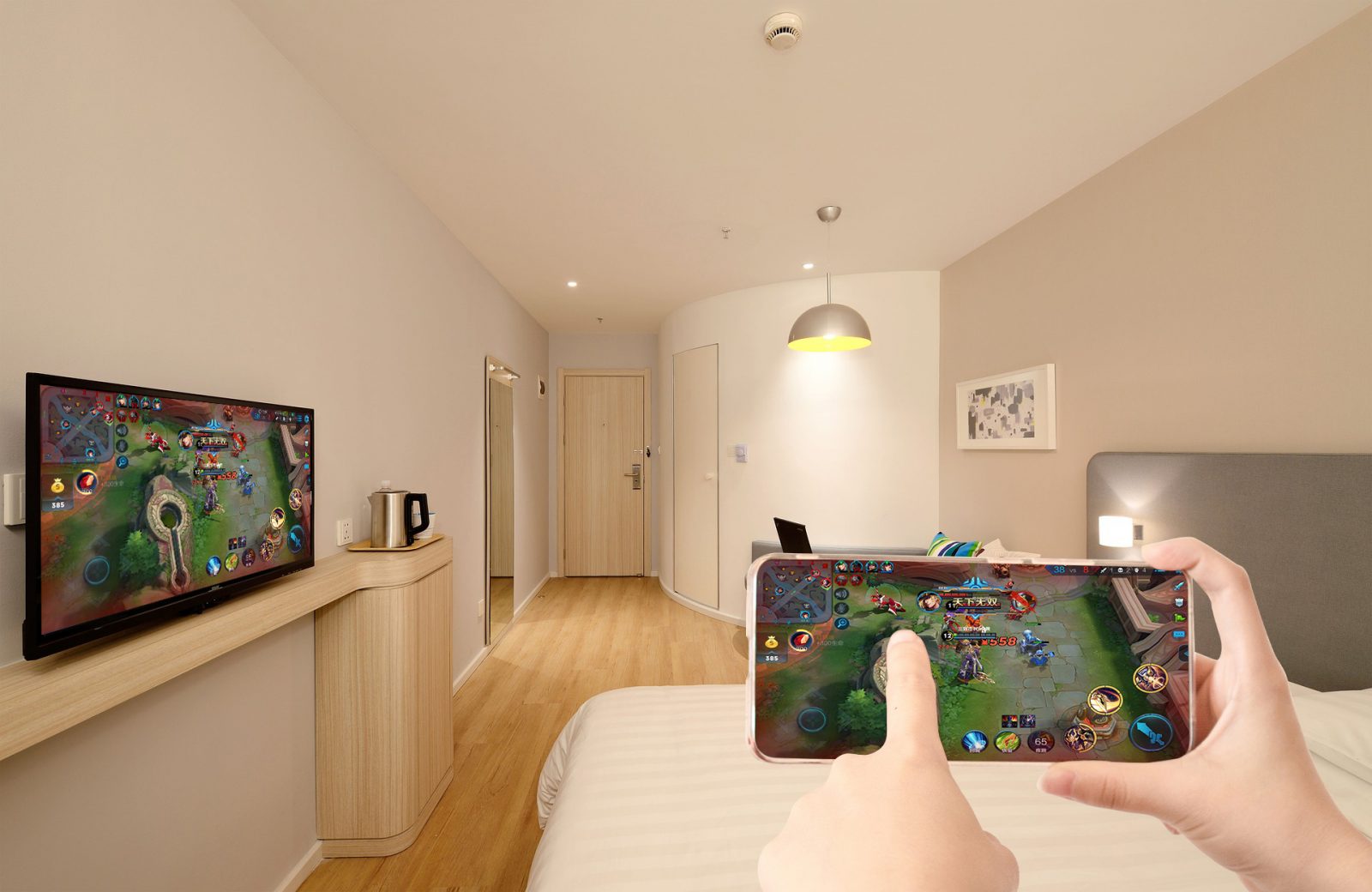Mobile phone projection, the difference between the use of wired and wireless same screen of mobile phone,
first from the connection mode, “plug in the same screen” as the name suggests, that is, the connection between devices through “line” to realize the transmission of mobile phone images to the projector and projection. The traditional “plug-in line with the screen” projectors need to be transferred through a special cable such as USB to HDMI, which is not only troublesome, but also expensive.

plug-in line on the same screen seems convenient, but there are also some inherent deficiencies. For example, the shackles of wires. After all, when the mobile phone is on the same screen, it can only be placed aside obediently, unlike the wireless same screen, which can be held at will, at least within a certain range; On the issue of “external device permissions” of mobile phones: Apple’s is OK. After all, it’s just an IOS system. When the IOS system is upgraded, our firmware on the same screen should be upgraded accordingly; Android is complicated. The permission settings of various brands, models and almost every Android machine are different… That’s why some Android phones are often plugged into the same screen, but they can’t be connected, or they are easy to drop. If you know your mobile phone system well, the technical control may be OK, but most users are confused when they have the problem of “USB debugging permission”. For guangmi, the main projector, we can’t help this. After all, we didn’t develop the Android system, and we can’t have the development source code of every Android mobile phone.
,
,  ,
,
,
and “wireless on-screen” technology is much more open in terms of compatibility than the “hardware compatibility” required for plug-in on-screen: apple only needs ios8 3. Android only needs more than 5.0, which can be basically supported.
and
in terms of convenience, the wireless same screen has no wire constraints, so the mobile phone can be held freely; But must have WiFi? For this problem, we must first make it clear: WiFi does not mean that there must be a wireless router! Mobile phone hotspots and projectors can also connect to mobile phone hotspots through WiFi to surf the Internet.

moreover, the connection hotspot also forms the “same WiFi network” with the mobile phone, which can directly access the Internet through the mobile phone hotspot or the same screen (the Bijie projection device supports AP hotspot and can connect and set its own hot spot projection). Another big advantage of “wireless same screen” is that when using the same screen mode of “push and projection”, it will be even smoother than “plug-in same screen”!